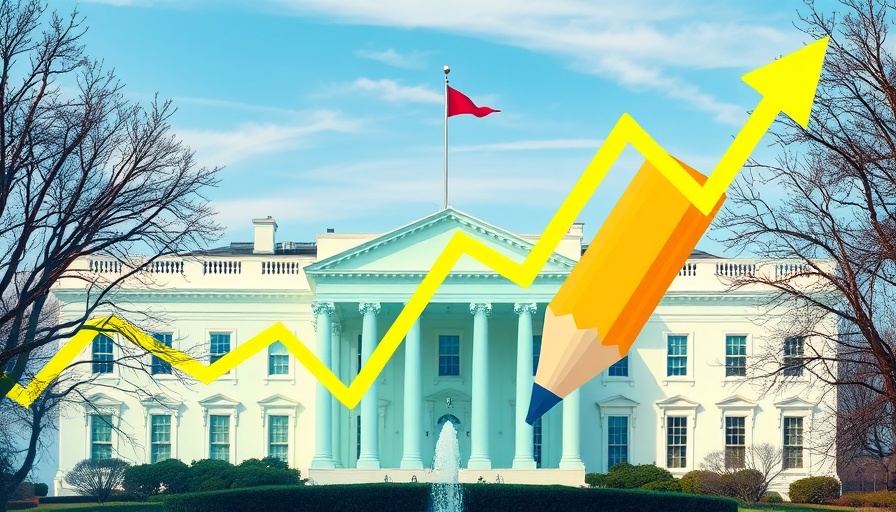
How Trump's Tariffs Shaped the Business Landscape
In a fast-evolving economic climate, understanding trade policies is crucial for entrepreneurs navigating the Bay Area business ecosystem. Former President Donald Trump’s implementation of tariffs created ripples across multiple industries, from technology startups to real estate investments. The tariffs predominantly aimed at China sought to bolster American manufacturing but resulted in varied consequences across different sectors.
The Direct Impact on Silicon Valley Startups
Silicon Valley, known for its innovation and tech-driven economy, didn't escape the influence of these tariffs. Many startups that relied on imported materials, particularly in the tech sector, faced unprecedented increases in costs. This shift not only affected pricing strategies but also triggered a reevaluation of supply chains, forcing entrepreneurs to explore local sourcing options. The rise in operational costs led to a cautious approach in venture capital funding, with investors keeping a closer eye on potential risks associated with trade tensions.
Challenges and Opportunities for Businesses
Trump's tariffs also highlighted significant challenges for various sectors while concurrently presenting new opportunities for others. For instance, businesses that pivoted towards domestic suppliers benefited from increased demand as tariffs made imported goods more expensive. This phenomenon saw a surge in interest in small and mid-sized American manufacturing firms, fostering a spirit of resilience among Bay Area entrepreneurs trying to capitalize on changing consumer behavior.
Future Predictions: Navigating a Post-Tariff World
As the Biden administration took over, many anticipated changes in trade policies, reshaping the landscape for businesses in the Bay Area. The long-term implications of the previous tariffs will reveal themselves as companies adjust their strategies to align with new regulations. Entrepreneurs must stay informed about emerging business trends and potential changes in corporate governance that might arise as the regulatory climate evolves.
Local vs Global Perspectives: How Bay Area is Overcoming Adversity
Locally, the Bay Area has shown remarkable resilience in facing these challenges. Companies are increasingly prioritizing sustainability and corporate social responsibility by seeking to lessen their dependence on fluctuating international markets. This trend is particularly important for tech startups, as they are often at the forefront of digital transformation news, focusing on solutions that not only address business needs but also contribute positively to the community and environment.
Actionable Insights for Entrepreneurs
For effective business growth strategies in the wake of such tariffs, understanding local business updates and remaining adaptable are paramount. Entrepreneurs should consider diversifying their supply chains and investing in local partnerships, cultivating networks that enhance collaboration across different industries. Furthermore, staying updated on market analysis and economic forecasts can aid businesses in making informed decisions to navigate through uncertain landscapes.
Conclusion: Embracing Change in Business
While the global economic environment remains tenuous due to shifts in trade policies initiated by Trump’s tariffs, Bay Area entrepreneurs possess the tools and knowledge necessary to adapt and thrive. By embracing innovative strategies, fostering local partnerships, and maintaining flexibility in operations, businesses can overcome the challenges presented by these tariffs and focus on sustainable practices, ensuring growth for years to come.
 Add Row
Add Row  Add
Add 



Write A Comment